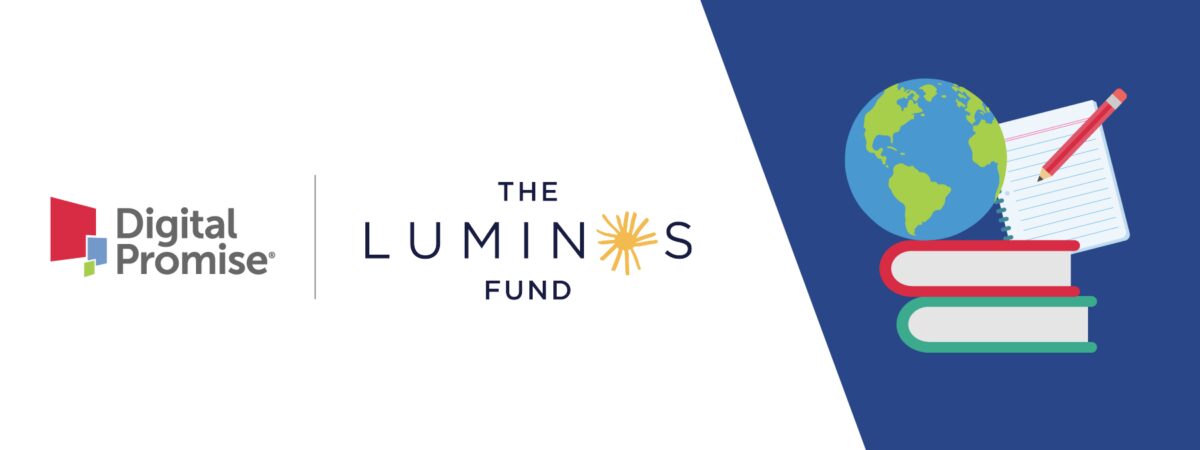
Learning to read can be even more difficult for children with learning differences. Learning differences include specific learning disabilities such as dyslexia, dyscalculia, and dysgraphia, as well as neurological processing challenges like attention deficits, sensory processing disorders, and executive function challenges. Dyslexia is the most common learning difference, affecting between 5-17% of children worldwide. It is a neurobiological condition that can make it difficult to spell words accurately or read single words fluently, which in turn can hinder reading fluency and reading and broader language processing.
Learning to read requires the intentional formation of neural circuits that connect the sounds of speech to letters on a page. Developing these crucial circuits depends on early and repeated exposure to words and text. Children must be systematically and intentionally taught the important relationships between letters and sounds to decode words effectively. At the same time, decoding skills need to be supported by oral language and vocabulary development, enabling children to read for meaning. This is the principle behind The Simple View of Reading, a widely accepted framework that defines reading as comprising two essential components: word recognition (decoding) and language comprehension.
Research shows that the best way to teach children to read with meaning is through systematic and explicit phonics instruction. This approach is not just effective for most learners, it is also proven to be highly effective for children with learning differences, including dyslexia. Yet despite this strong evidence, phonics is still not being effectively taught in many developing countries, leaving millions of children without access to the most reliable pathway to literacy.
With the right training and materials, systematic and explicit phonics instruction is a cost-efficient way to build the strong foundation every child needs to succeed and should be the preferred solution for bridging the global literacy gap.
For over a decade, the Luminos Fund has enabled transformative literacy gains for out-of-school children in Ethiopia, Ghana, Liberia, and The Gambia through its phonics-based accelerated learning programs. More than a method, the Luminos approach equips children with the tools to decode new words, gain confidence as readers, and discover the joy of learning. Luminos’ success lies in systematically teaching letter-sound relationships in a logical sequence, explicitly explaining the rules of language, and modelling essential reading skills. A 2023 randomized controlled trial (RCT) found that in just one school year, Luminos students learn 90% of what the average Liberian learns over their entire lifetime; an impact unmatched by any other externally evaluated program in the country.
Effective phonics instruction is explicit, meaning it does not rely on students encountering words and guessing their letter-sound relationships. Instead, students are taught these relationships directly, giving them the tools to decode new words and read for meaning. For example, a teacher using an explicit approach would explain that the sound /sh/ is represented by the letters ‘s’ and ‘h’ together and would model how to decode words with this letter combination. In this approach, the teacher clearly explains what is being taught and demonstrates how a skilled reader applies it.
To ensure all children, especially those with learning differences, are supported, it is critical to develop and implement phonics-based approaches tailored to African languages. Digital Promise expands on this point to highlight how acknowledging learner variability can ensure all children can access and benefit from explicit and systematic phonics instruction.
Phonics provides the essential foundation for every child’s journey to literacy. At the same time, it is critical to recognize that each child comes to school with a unique constellation of cognitive and emotional strengths, challenges, and experiences that affect their response to reading instruction. A learner variability approach recognizes that children with dyslexia differ in how they process phonological information, auditory processing, working memory, attention, and other learning factors. To ensure that phonics programs are responsive to these differences, educators can incorporate learner variability principles in research-based phonics programs to support children with holistic factors that cater to different strengths and challenges. For example, systematic phonics instruction might be enhanced with multimodal techniques that allow students to activate different cognitive skills to understand and remember the steps in their literacy work. Instruction can be delivered using text, visuals, gestures, or audio to facilitate retention in both short-term and long-term memory.
One way to understand learner variability is to visualize the iconic iceberg image, where a small tip peeks out from the ocean while the vast majority of the iceberg remains under the sea, unseen. The tip of the iceberg represents what we see of the child in class—perhaps they are distracted, giggling, or sleeping. However, when we understand learner variability through the lens of the whole child—not just academics or reading ability, but their social and emotional capacities and individual background—we can see the “why” behind the behavior. This understanding guides us in selecting the most appropriate strategies to use in class to boost phonological awareness and reading ability.
This whole child approach further enhances phonics instruction by addressing the range of factors that impact learning. Many students with dyslexia, for example, have experienced repeated academic frustration, leading to anxiety, reduced self-efficacy, and avoidance behaviors around reading tasks. By incorporating holistic elements like building relationships and understanding each student’s background and social-emotional capacities, educators can create psychologically safe learning environments where children feel supported to take risks with phonics practice. This might include celebrating small wins, connecting phonics learning to students’ interests and cultural backgrounds, and explicitly teaching self-regulation strategies alongside decoding skills. When phonics instruction addresses both the cognitive factors specific to dyslexia and the whole child’s emotional and motivational needs, students are more likely to engage persistently with the intensive, systematic instruction they require for reading success.